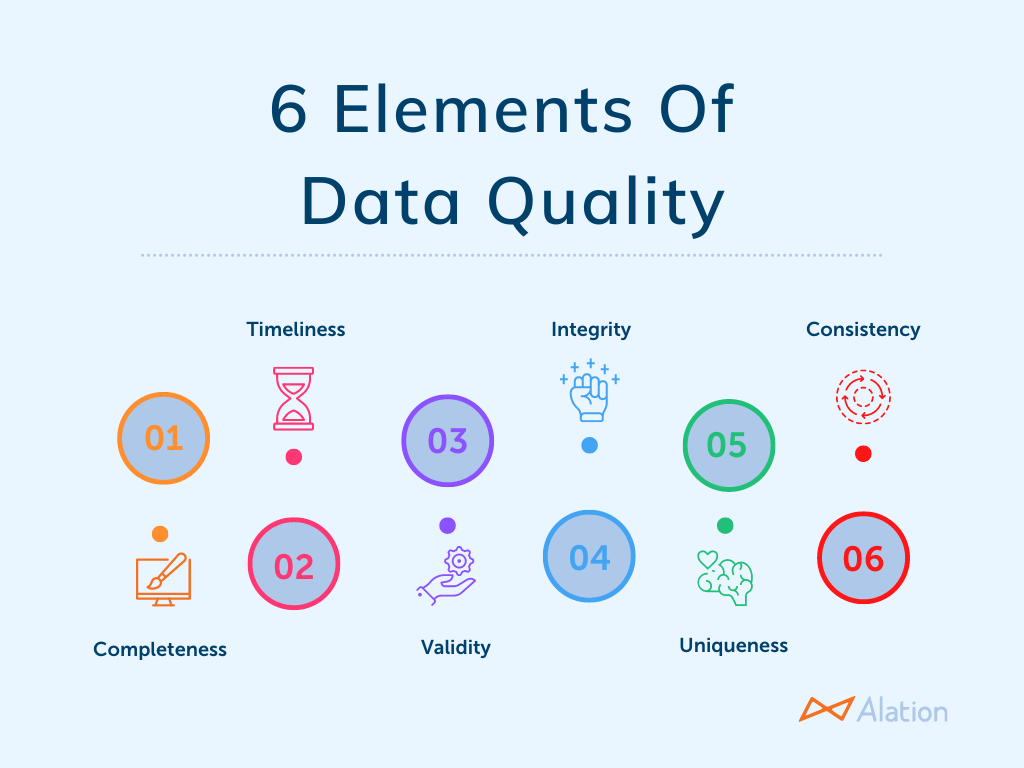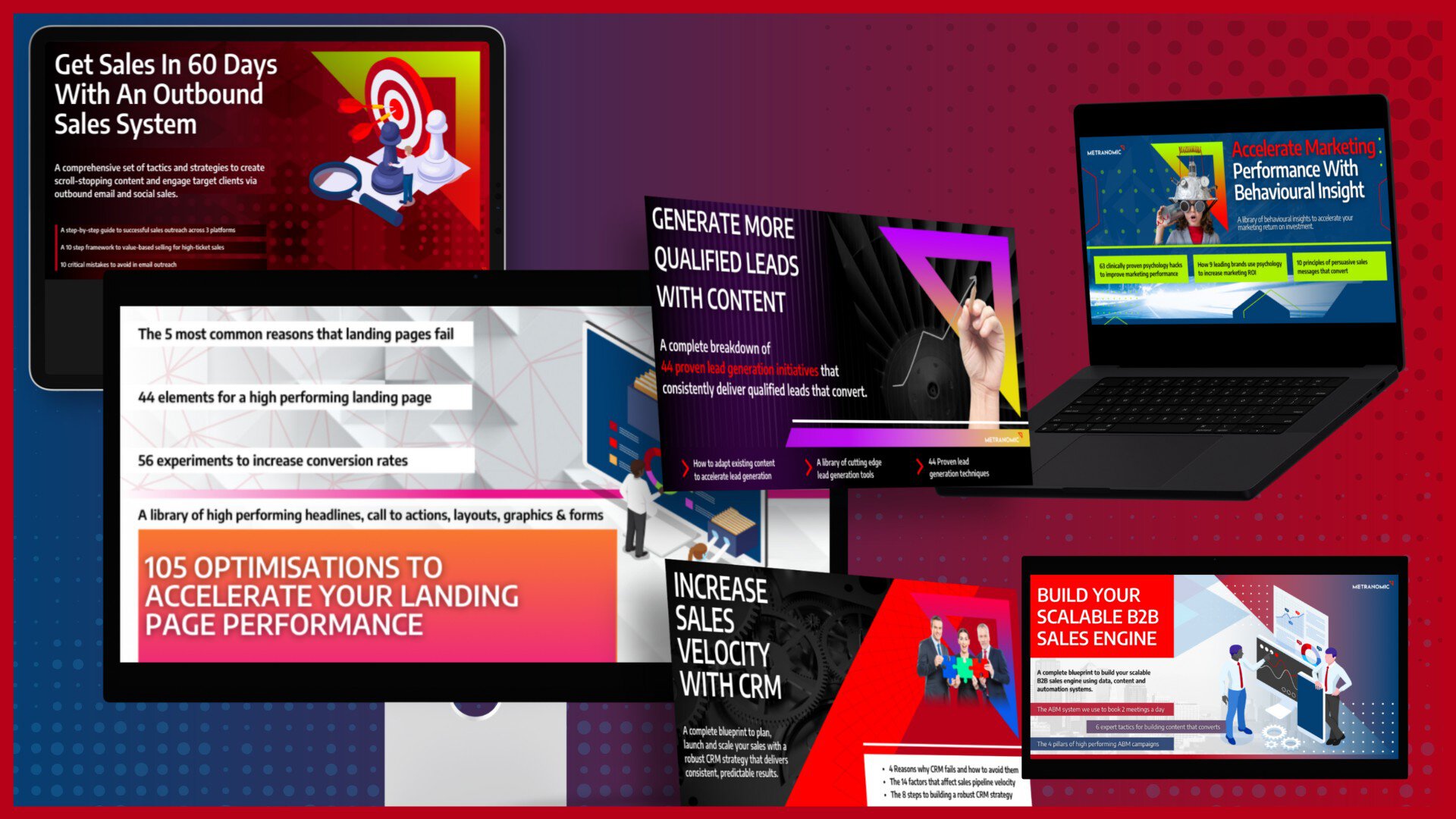Imagine having the power to quantify every marketing effort and understand exactly how each action influences your bottom line. That’s the promise of B2B marketing analytics, a toolset that transforms raw data into actionable insights. Whether you’re struggling with high customer acquisition costs or trying to increase customer lifetime value, the right analytics can pinpoint the issues and guide you toward effective solutions.
Trusted by industry leaders, tools like Google Analytics and HubSpot are indispensable for building a robust marketing analytics strategy. By leveraging these platforms, you can track key metrics, refine your approach, and ultimately drive better business outcomes.
- Understand Key Metrics: Master essential metrics like CAC, CLV, and ROI to measure the success of your B2B marketing efforts effectively.
- Leverage the Right Tools: Use industry-trusted platforms like Google Analytics and HubSpot to gather and analyse your marketing data.
- Adopt a Data-Driven Approach: Shift from intuition-based to data-driven decision-making for more accurate and effective marketing strategies.
- Address Common Challenges: Be aware of the challenges in B2B marketing analytics and learn how to overcome them with best practices.
How B2B Digital Marketing is Changing
The evolution of B2B digital marketing is driven by the need to cater to an informed and empowered audience. Historically, advertisements piqued interest and drove purchases based on limited information. Today, potential buyers are inundated with data, making their journey more fragmented and less predictable. To thrive in this environment, B2B marketing teams must adopt innovative strategies that resonate with these well-informed buyers.
Key Strategies for Modern B2B Marketing
To navigate this new landscape, B2B marketing teams should integrate the following strategies into their marketing analytics strategy:
- Embrace Data-Driven Decision Making: Utilise B2B marketing analytics to gather and analyse data on buyer behaviour. This enables marketers to optimise campaigns and improve ROI.
- Develop Personalised Marketing Campaigns: Leverage insights from B2B digital marketing analytics to create tailored campaigns that address the specific needs and preferences of different buyer personas.
- Utilise Marketing Automation Tools: Implement marketing automation platforms to streamline workflows, enhance lead nurturing, and improve overall efficiency.
- Focus on Multi-Touch Attribution: Use multi-touch attribution models to understand which marketing channels and assets drive the most engagement and conversions.
Foundational Concepts in B2B Data Analytics
Before diving into the practical steps of implementing B2B marketing analytics, it is essential to grasp some foundational concepts. A key term in this realm is ‘optimisation’, which refers to the ongoing process of making workflows or protocols as efficient as possible. Optimisation relies heavily on accurate data, making data integrity a cornerstone of effective B2B sales and marketing strategies.
The Role of Data in Optimising Sales Cycles
Aligning the sales cycle with the buyer journey is crucial. Understanding customer motivations and preferences helps build long-term relationships and nurture loyalty. Every interaction a customer has with a business’s digital presence generates valuable data. Companies must deploy robust data capture software to collect this intelligence, which can then be combined with CRM data to gain deep insights into buyer intent.
Building Buyer Personas and Customer-Centric Strategies
With a clear picture of buyer intent, businesses can map out the customer journey and develop detailed buyer personas. This segmentation allows companies to create a customer-centric sales cycle map, identifying key motivations, activities, and conversion points. Recognising the diversity in the B2B customer journey, businesses must tailor their sales strategies to meet the unique needs of different client segments.
What Matters Most?
Prioritising actionable insights over mere data collection is crucial; clients often discover that effectively translating analytics into targeted strategies drives tangible results. Combining qualitative and quantitative insights typically provides a holistic view of customer behaviour, allowing for more precise targeting in marketing efforts.Get In Touch
The Benefits of Data and Analytics in Marketing
Understanding the Impact of B2B Marketing Analytics
One of the critical advantages of B2B marketing analytics is the ability to measure the impact of marketing efforts on revenue. A recent Harvard Business Review study revealed that 82% of B2B marketers identified revenue as a key metric shared between marketing and sales. Monitoring this metric is vital to ensure marketing efforts translate into financial success.
If your marketing strategies are not driving revenue, you are essentially wasting resources. One significant benefit of B2B marketing analytics tools is their integration capability with other marketing tools, such as CRM systems. This integration allows you to monitor your conversion path meticulously, providing a clear picture of your marketing performance.
Exploring Your Data
B2B digital marketing analytics enables deep dives into crucial marketing data sources, enhancing campaign performance and return on investment (ROI). Aberdeen reports that companies with defined processes experience average website conversion rates more than double those without. By thoroughly examining your marketing data, you can understand customer behaviours and preferences, allowing for informed decision-making and strategic planning.
The data gleaned from these analytics should be used to identify and follow up on marketing qualified leads (MQLs). Understanding what drives these leads can significantly enhance your marketing efforts and overall business success.
Acting on Your Insights
The true value of B2B digital marketing analytics lies in its actionable insights. According to industry data, 85% of B2B marketers utilise organisational data to measure digital marketing effectiveness, and 65% report that analytics has boosted sales revenue by over 10%. These insights are invaluable in shaping effective marketing strategies.
Analytics allows for the collection of data from various marketing channels, which can then be shared across teams. Many analytics and CRM tools offer mobile apps, making it easier to access and analyse metrics on the go. This accessibility ensures that all team members can leverage data to enhance productivity and efficiency across the board.
Source: Gartner
Key Features of B2B Marketing Analytics
B2B marketing analytics encompasses a robust suite of features designed to provide comprehensive insights into the performance of your marketing campaigns. These tools are essential for any marketing analytics strategy, offering out-of-the-box functionalities that streamline the analysis and optimisation process.
Ready-to-Use Intelligent Dashboards
One of the cornerstone features of B2B marketing analytics is its ready-to-use intelligent dashboards. These dashboards are crafted to track engagement, monitor pipelines, and analyse the performance of both sales and marketing activities. They provide users with visual insights through an array of charts, graphs, dashboards, and heat maps, making complex data easy to interpret and act upon.
Multi-Touch Attribution Models
B2B digital marketing analytics also includes advanced multi-touch attribution models. These models are vital for understanding which marketing assets are most influential throughout the sales funnel. By highlighting which channels drive awareness and perform across various buying stages, these dashboards help in pinpointing the assets that are crucial in driving deals to closure.
Streamlined Reporting on a Single Platform
Efficiency in reporting is another critical feature. B2B marketing analytics platforms offer streamlined reporting capabilities that provide a full-funnel view of your business. These platforms come with pre-built marketing KPIs and best practice reports, enabling you to outline and visualise key metrics effectively. This holistic view aids in making informed, data-driven decisions that enhance overall marketing performance.
Managing Campaigns on the Go
In today’s fast-paced business environment, the ability to manage campaigns on the go is indispensable. Tools like the Salesforce analytics mobile app allow marketers to access their data anywhere, anytime. This mobility ensures that you can quickly share data-driven marketing decisions with your team, fostering a culture of agility and responsiveness.
What are the essential steps to build a B2B marketing analytics dashboard?
Having access to the right data can revolutionise your business, providing critical insights into customer behaviour and enabling informed decision-making. A well-constructed B2B marketing analytics dashboard consolidates data from various sources, such as your website, social media accounts, and email marketing services, into one central location. This centralisation facilitates a comprehensive view of your marketing performance and enhances your marketing analytics strategy.
1. Identify Key Metrics
Before you begin building your marketing analytics dashboard, determine which metrics are crucial for your business. These metrics will vary based on your industry and business objectives. Start with a brainstorming session to list all potential metrics. Once you have an exhaustive list, prioritise the most important key performance indicators (KPIs) to track. Each section of your dashboard should focus on these critical metrics to provide clear and actionable insights.
2. Design Your Dashboard
Design plays a vital role in the usability of your marketing analytics dashboard. Aim for a clean and uncluttered design, incorporating ample white space to avoid overwhelming users. Selecting the right type of chart is essential for data interpretation. Here are a few options:
- Line Chart: Ideal for displaying changes over time, particularly when tracking a single variable.
- Pie Chart: Useful for showing parts of a whole, especially when dealing with multiple similar data sets.
- Area Chart: Effective for visualising multiple data sets and their relative changes over time.
3. Consider Your Audience
Understanding who will use the dashboard is crucial. Different stakeholders might require different levels of detail and specific data sets. Ensure the dashboard is user-friendly and accessible, using familiar icons and graphics. Additionally, incorporate colour-blind friendly palettes to ensure readability for all users.
Source: Gitnux
4. Select the Right Software
Choosing the appropriate software is essential for an effective B2B marketing analytics dashboard. Look for the following features:
- Cloud-Based: Ensure the software is cloud-based to facilitate easy access and minimal IT support.
- Social Media Integration: The dashboard should seamlessly integrate with your social media channels.
- Self-Service Capabilities: The ability to generate reports, perform queries, and uncover hidden data patterns independently.
- Multi-Device Accessibility: Ensure the dashboard is accessible from smartphones, tablets, and desktop computers.
- Embedding Options: The software should allow embedding in various applications for broader usability.
5. Select Data Sources
Modern marketing platforms enable the tracking of a wide range of data. Include data from all relevant channels, such as email marketing, website analytics, and social media platforms. Where possible, use native integrations supported by your marketing analytics dashboard to ensure seamless connectivity and minimise manual upkeep. If native integrations are not available, APIs can be used to connect your data sources.

6. Map Out Your Dashboard
Finally, sketch out your dashboard layout. Visualising how different data sets will be displayed can streamline the actual building process. Although not mandatory, this step can save time and ensure a more organised approach.
Setting up a B2B marketing analytics dashboard involves careful planning and consideration of your specific business needs. By identifying key metrics, designing a user-friendly interface, considering your audience, selecting the right software, integrating comprehensive data sources, and mapping out your dashboard layout, you can create a powerful tool that drives data-driven decision-making and enhances your overall marketing analytics strategy.
Tips for Using Marketing Analytics Dashboards
1. Centre Your Dashboard Around One Topic
A common mistake is trying to track too many metrics in a single dashboard, leading to confusion. To avoid this, build your marketing analytics dashboard around a specific topic or goal. Ask yourself, “What are my marketing objectives? Which KPIs will help me measure progress towards these goals?” Creating separate dashboards for different criteria ensures clarity and focus.
2. Use the Right Chart to Visualise Data
Choosing the appropriate chart type is crucial for data interpretation. Whether you’re using line charts to show trends over time, pie charts to represent parts of a whole, or area charts to compare multiple data sets, the right visual aids comprehension and prevents misinterpretation.
3. Connect Marketing KPIs with Business Impact
Visual KPIs are impactful, but context is vital. Demonstrating how marketing actions contribute to business goals, such as revenue, strengthens your case. By linking marketing and sales data, you can show where leads might be getting stuck in the sales funnel and avoid working in silos, enhancing overall strategy coherence.
4. Make Your Dashboards Actionable
To ensure your dashboards drive action, design them with specific goals in mind. Ask, “What do I want users to do with this information? Which actions should they take?” Combining actionable insights with informative updates increases the dashboard’s value and impact.
Our Tactical Recommendations
From our experience, investing in data visualisation tools significantly enhances communication of insights across teams; clear visualisations improve understanding and drive informed decision-making. Implementing regular A/B testing is vital for optimising marketing campaigns, as real data often leads to substantial improvements in conversion rates. Moreover, utilising predictive analytics allows businesses to anticipate future trends and customer needs, enabling proactive engagement strategies that foster loyalty and satisfaction.Get In Touch
Best Practices for Using B2B Marketing Analytics
B2B marketing analytics is designed to be a marketer’s invaluable ally. This comprehensive data powerhouse provides essential business insights and streamlines daily operations. However, setting up custom dashboards and lenses can be daunting. Here are five strategies to turn this powerful analytics solution into your ultimate marketing tool.
1. Analyse Your Lead Sources
Understanding where your leads originate is crucial, but often, this information isn’t utilised effectively. Use B2B marketing analytics to gain a deeper understanding of your lead generation channels. This analysis can reveal how each channel performs and identify areas for improvement, enabling you to optimise your lead generation strategies effectively.
2. Build Custom Lifecycle Reports
Standard lifecycle reports, like those in Pardot, might not reflect your company’s unique prospect flow accurately. With B2B marketing analytics, you can create bespoke lifecycle reports tailored to your business needs. For instance, if your definitions of Marketing Qualified Leads (MQL) and Sales Qualified Leads (SQL) differ from the standard, you can customise these stages to align with your specific criteria and track performance more accurately.
3. Align Grading Systems with Revenue
If you have a grading system in place within your marketing automation platform, it’s essential to assess its effectiveness. B2B digital marketing analytics can help you determine whether your grading system accurately predicts opportunities that lead to sales. By analysing how graded prospects progress through different lifecycle stages, you can refine your system to better align with revenue outcomes.
4. Identify Your Most Engaged Prospects
Developing an effective grading system involves understanding what characteristics define your ideal prospect. B2B marketing analytics can help you identify these traits by analysing engagement levels. This insight allows you to refine your prospecting criteria, ensuring you focus on the most promising leads.
5. Pinpoint Top Performing Content
Not all content is created equal. Some pieces may drive conversions, while others could cause prospects to disengage. Use a marketing analytics dashboard to monitor your content performance and identify which pieces resonate most with your audience. This continuous feedback loop enables you to adjust your content strategy, focusing on high-performing assets.

 Sign Up And Get Demand Generation Tools & Resources In Your Inbox Twice A Month
Sign Up And Get Demand Generation Tools & Resources In Your Inbox Twice A Month



